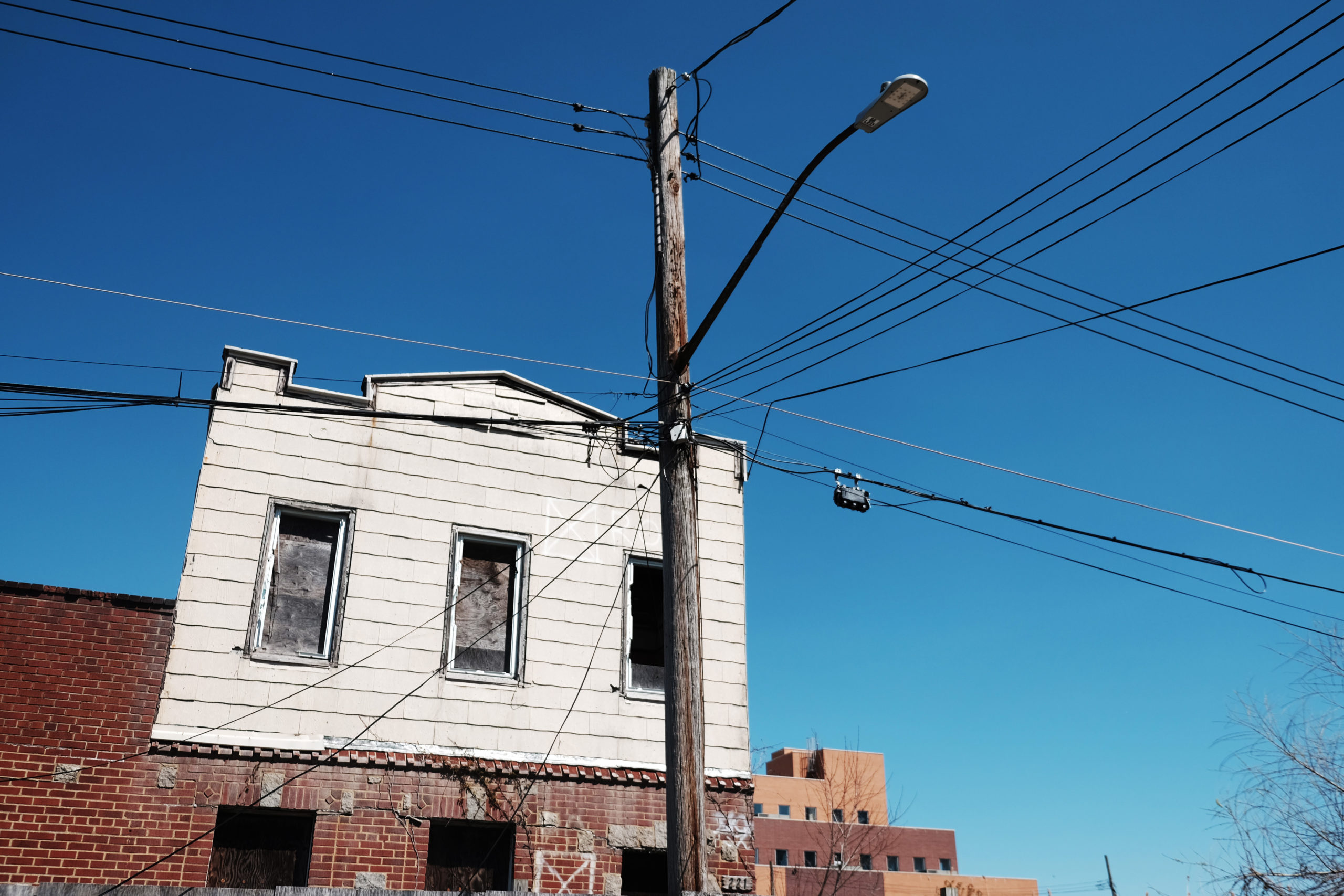Broken Windows Theory: A Solution to Gang Violence?
One 40-year-old crime reduction theory demands a second look.

Crime continues to be a top concern for millions of Americans, and for good reason. In some of the largest U.S. cities, an increase in gang violence, including among young people, is driving the murder rate skyward. There are now 30,000 gangs in the U.S. with some 850,000 members, many of whom are young men. Calls to “defund the police” have been replaced by calls to “please fund the police.” Besides hiring more officers, what else can be done to address the scourge of gang-related crime in the U.S.?
In 1982, social scientists James Q. Wilson and George L. Kelling published a provocative theory that would later influence the policing policies of New York City police commissioner William Bratton and mayor Rudy Giuliani. The duo’s theory, the aptly named "broken windows theory," suggests that visible signs of crime, community decay (think houses with broken windows), and antisocial behavior create environments that promote a cycle of crime. Wilson and Kelling argued that if disorder and decay were left unattended, this would lead to the commission of more serious crimes.
Dr. David Weisburd, a distinguished professor of criminology at George Mason University, told me that a “key ingredient of the broken windows argument is that police should intervene to stop neighborhood decline early on, and not wait for serious crime to develop.” At the time, he added, this was “an important innovation in thinking about policing because it recognized that police could play a key role in improving communities, and that they could in the long run prevent crime (despite a general assumption popular at the time that the police could not prevent crime).” When crime becomes a serious problem in towns and cities, he noted, community members are more likely to “withdraw and sometimes even abandon such communities.”
He’s right. A quarter of U.S. adults now fear being attacked in their own neighborhoods. Wilson and Kelling “saw the key ingredient for doing something about crime as the informal social controls of the community.” As Dr. Weisburd explained, “The police cannot be everywhere and deal with every problem, so the ability of the community to address problems was key to their theory." In other words, police officers can be useful, but only if a solid foundation of community social controls is already in place.
When asked what, if any, relevance the theory has today, Dr. Weisburd responded, “in my work on crime hot spots, my colleagues and I have found that Wilson and Kelling were right about the importance of informal social controls in preventing crime.” They have found “that the trust among neighbors and their willingness to intervene in problems on a street strongly impact crime.” He stressed, however, that “at the same time, our studies suggest that it is social disorder on the street, such as unruly youths hanging out or drug sales on the street, that lead to declines in informal social control, and not physical disorder like broken windows.”
The overemphasis on broken windows, contends Dr. Weisburd, “was a mistake” in the original presentation of the decades-old theory. That’s because the title of the theory “leads to an emphasis on physical disorder that might be harmful.” How so? “Norms about physical disorder vary from community and from place to place. In one place graffiti might be considered trendy or 'arty,' while in another it might give the sense that the community is failing to manage its streets.”
To combat crime, a greater focus must be placed on social disorder than physical disorder. The breakdown of the traditional family dynamic is just one example of the social disorder to which Dr. Weisburd alluded. Today, there are more than 19 million children living in single-parent households, close to 16 million of whom live with a single mother. Children who grow up in a single-parent household are more likely to engage in criminal behavior from an early age.
There is no easy answer that would ensure fewer parents go their separate ways. But all is not lost.
According to Stephanie Mann, the founder of Safe Kids Now, an organization that educates parents on how to keep their children, neighborhoods, and communities free from harm, defeating youth-related crime takes a village. Mann argues, rather persuasively,
that “crime is a community problem” that “can be solved by involving citizens. “Every city,” she insists, “needs a plan to involve them when it comes to laws and decision-making."
Subscribe Today
Get daily emails in your inbox
One example includes hiring "Neighborhood Safety Experts"— people who represent and “speak the language of the community.” They can relate to youths in an organic, non-threatening manner. Mann firmly believes that involved neighbors can “put a check and balance on youthful behavior.”
Youth who feel loved and valued, recognized and respected “don't join gangs, steal or hurt other people,” she insists. Some, perhaps, will view Mann’s suggestions as idealistic. But if America is to address its gang problem, hiring more police officers will only be one part of a much broader effort to restore law and order.
Dr. Wesley Jennings, a criminology expert at the University of Mississippi, told me that broken windows theory has merit and can be a highly effective "crime reduction strategy," but only if its practitioners focus "more on the community (police and citizens) co-production of effective strategies." One such initiative, popular across the country, allows former gang members to mentor at-risk youth. This program, and others like it, demonstrate the community-wide cooperation needed to thwart crime. If it takes a village to raise a child, it will require a nationwide effort to eradicate the scourge of gang violence.
Comments